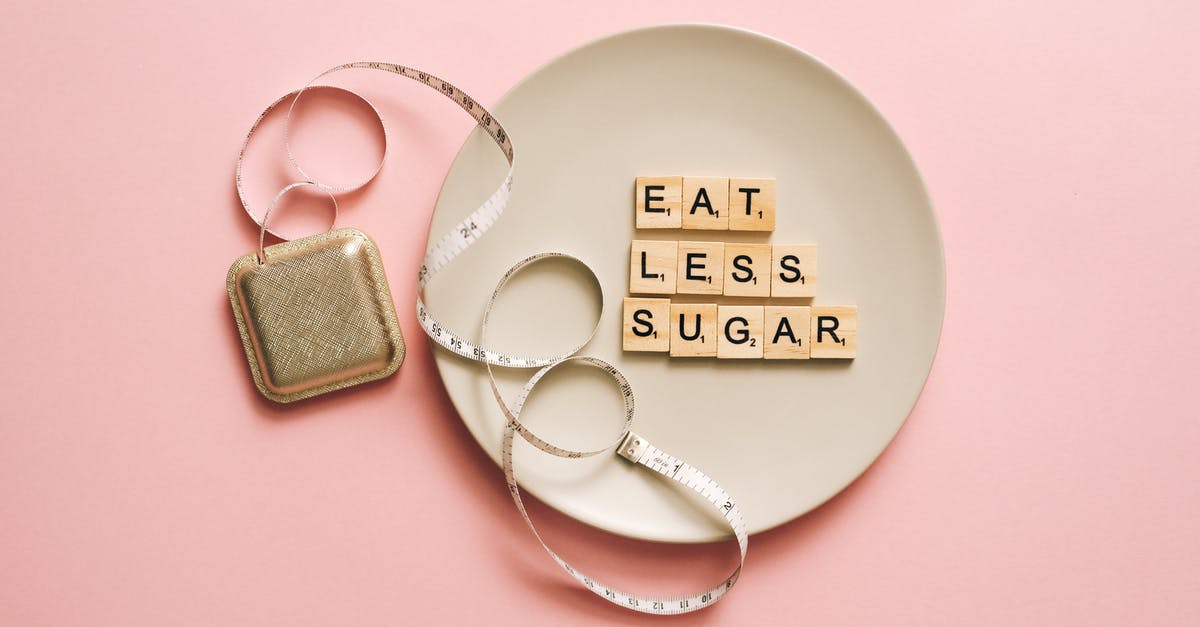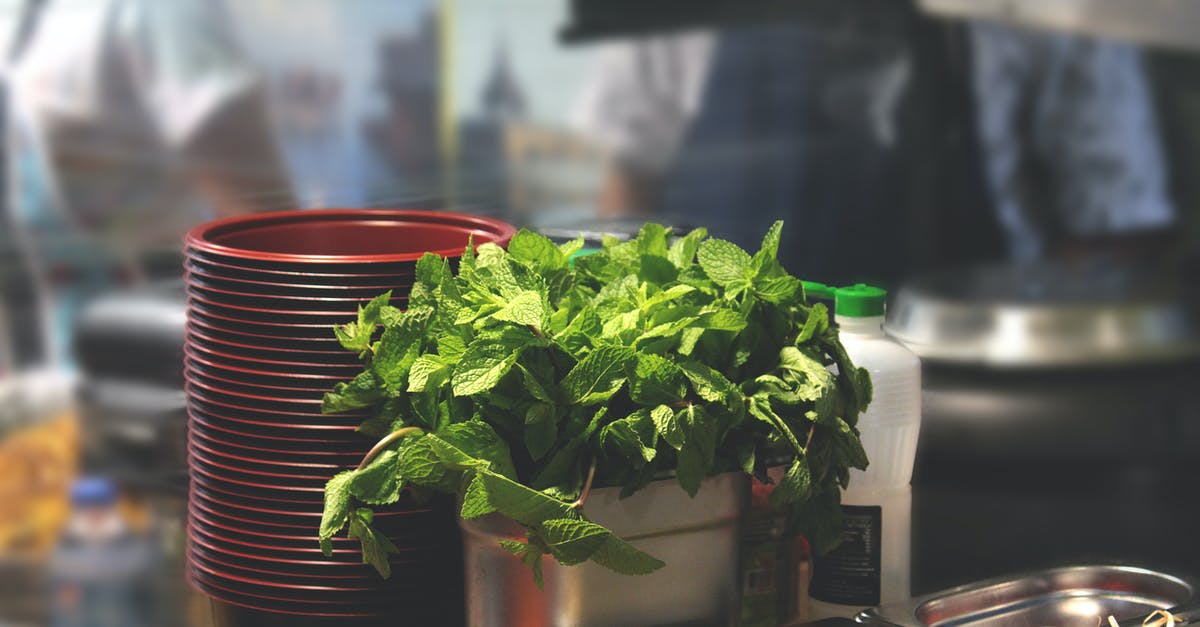Obtaining flavour with less fat/sugar/salt

Focusing on the health side of eating: how can flavour be enhanced without incresing fat, sugar or salt in the food (or fatty, sugary, or salty ingredients)?
It just seems that you have to choose between bland healthy/tasty unhealthy.
Best Answer
You certainly cannot get the same taste response with low fat, sugar and/or salt, although you can do better than just take any old recipe and cut out the fat, sugar and salt from it.
Human reactions to taste is a combination of "hardwiring" and learning. Everybody is predisposed to like a bit more sugar, a bit more salt, a bit more fat. That's why these things get overeaten in the first place - our nervous system's reward response to them is exaggerated in comparison to their "usefulness" in the diet. But people are also remarkably flexible in learning to like whatever they are accustomed to. And this doesn't mean that you get so accustomed to something that you stop grumbling - I mean actually starting to enjoy it.
So the first thing when switching from a diet high in these ingredients, is to not react with "oh, this is bland, I hate it, I will never be able to eat like that". Put yourself in the best context for learning (including well prepared food, social rewards, etc.), eat mindfully, and continue making progress towards acquiring the taste without having the quick rewards of eating chips or having a sugar rush. Feelings of dissatisfaction in the initial phase are completely normal: first, one's expectations are not being met, and second, the body's reaction to food goes beyond taste. If you are accustomed to a sugar rush and it doesn't happen, you will have a feeling that something is amiss. There is nothing to do but acknowledge the feeling and weather it out until it doesn't bother you.
On the preparation side, just make sure to add enough other flavors, no matter which ones. Instead of salting, use a bunch of herbs - preferrably fresh ones, but dried ones will do. Instead of adding a pat of butter to mashed potatoes, make a mixed potato-sunchoke puree, which is more interesting in taste. And so on.
Also, find out what the eater is accustomed to looking for in a dish. Some people, especially supertasters, find aroma especially enjoyable, and actively look for new combinations. Others are aroma-centric, but have a firm set of aromas they expect, and don't like novelty. A third class is very texture centric, and you could add tons of subtle layered aroma, they will dismiss everything until you provide a satisfying crunch. So, pay attention to this kind of preference and make sure that the food delivers in the aspects important to the eater.
Another thing to do is to find tried and tested recipes which were designed with little sugar, salt or fat in mind. As I said in the beginning, just cutting out fat or sugar doesn't work, salt is more forgiving. Substitutions are also a difficult thing to do well, they require both good understanding of food science and a process of experimentation, more so in baking than in cooking. So, go around, look for good recipes with the nutrient balance you like, and cook these.
Pictures about "Obtaining flavour with less fat/sugar/salt"



What foods are low in fat sugar and salt?
Whole foods such as fresh fruits and vegetables, lean meats, including poultry and fish, and unprocessed grain products are all naturally low in sodium and they don't have added fat or sugar.What is the best way to have lots of flavor without lots of fat?
Here are some tips:How do you add flavor without adding fat?
Non-fatty additions like vinegar or lemon juice can give a dish a low calorie kick. They can be added to the cooking liquids for grains and to tomato sauces for pasta, and be sprinkled on saut\xe9ed vegetables or fresh berries and fruits. Spices and herbs are another great way to maximize a dish's flavor.What are 3 ways to prepare food so it has less fat sugar and sodium?
When cooking and preparing foods- Limit highly processed foods (eg, 'heat and eat' meals like pizza).
- Remove the chicken skin after cooking.
- Add flavour to food using herbs, spices and lemon or lime juice instead of using salt.
- Use fruit to replace sugar on your breakfast cereal.
REDUCE YOUR SUGAR INTAKE: 10 tips that helped me cut sugar effectively
More answers regarding obtaining flavour with less fat/sugar/salt
Answer 2
There are a couple of ways:
Browning food by grilling, broiling or frying (which you can do without oil, if you really want to). There is a big difference in flavor in e.g. properly browned mushrooms vs mushrooms that only kind of boiled in their own juices. When you've browned some food in a pan, a common technique is to deglaze the pan with some kind of liquid (like wine). This gets the brown residue from the bottom of the pan into your food, adding a lot of flavor! This doesn't work with non-stick pans though.
Acid. Use vinegar/lemon/limes in your food. Adding a splash of vinegar to a stew or soup does a lot for the flavor.
Spicyness. Add some nice chili flakes or fresh chilies to your dishes. If you aren't used to spice, start by adding a little, or deseeding your chilies.
Sources: Stack Exchange - This article follows the attribution requirements of Stack Exchange and is licensed under CC BY-SA 3.0.
Images: Olya Kobruseva, Jonathan Cooper, Sohel Patel, Gustavo Fring
